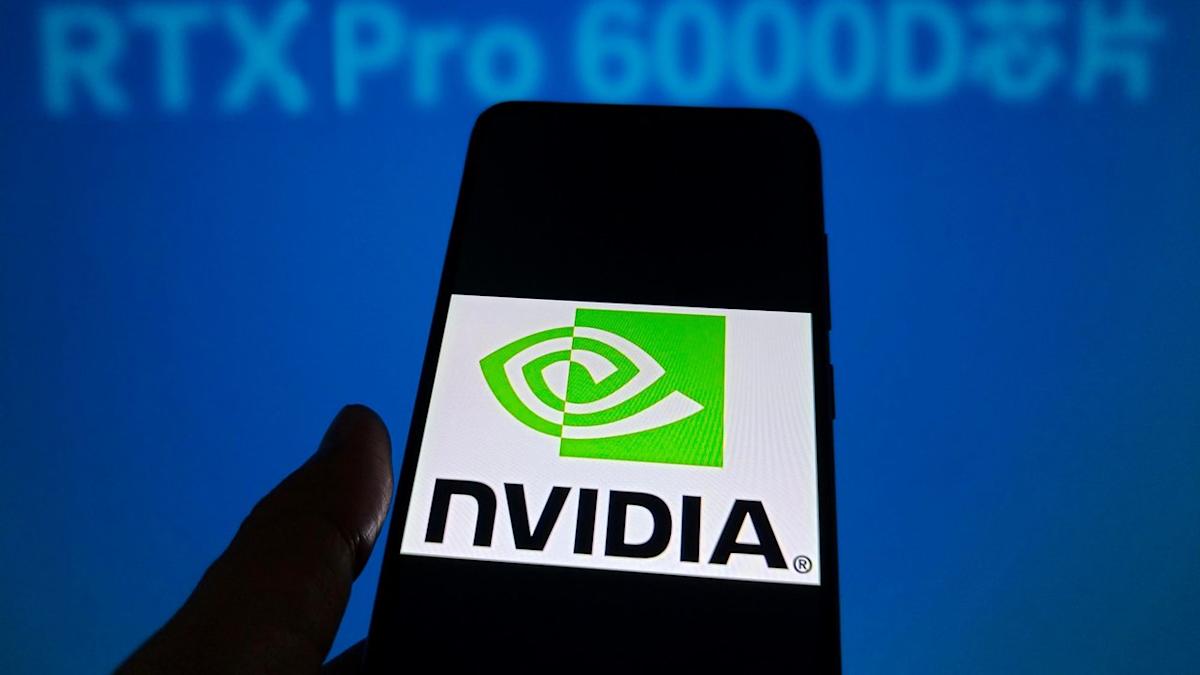3 takeaways from the landmark Nvidia-Intel AI partnership
New trade and tariff policies, geopolitical spats, and a race to monetize AI is making for some unique tech-sector dance partners in 2025 — and the latest one’s a real eye-opener.
Exhibit “A” is Nvidia’s September 18 alignment with computer networking giant Intel, in a partnership that pairs two of the best-known names in tech.
Under the terms of the deal, Nvidia plans to take a $5 billion stake in network computing kingpin Intel as the two companies have agreed to co-develop data center and PC chips. The news comes on the heels of the U.S. government acquiring a 9.9% stake in Intel via an $8.9 billion investment last month.
Nvidia will buy Intel shares for $23.28, slightly less than the company’s closing price on Wednesday, but more than the $20.47 per share the government paid. The deal will require regulatory approvals and will make Nvidia a 4% owner of Intel.
The Intel news was immediately followed by a separate $2 billion Nvidia deal with the United Kingdom to expand the UK’s AI startup ecosystem and accelerate the creation of innovative companies and jobs. This deal aims to bring advanced AI infrastructure to major hubs such as London, Oxford, and Cambridge, “empowering researchers and developers nationwide to lead the next wave of globally transformative AI businesses,” Nvidia said in a statement.
With a multi-billion-dollar deal in place, and hundreds of billions of dollars on the table in the burgeoning artificial data center market, it’s the Intel deal that has the technology and financial markets sectors chattering. So what are potentially the biggest impactors with the deal?
Business and financial-market gurus advise, focusing on the following partnership factors.
Stock market mavens say there’s more than meets the eye beyond data-center investments and beefier stock prices for both companies.
Nvidia’s “$5B investment in INTC is exactly what we suggested would be good for the company, country, and consumer when the U.S. government announced its 9.9% ownership in INTC,” said Nancy Tengler, CEO at Laffer Tengler Investments. “The private sector can and will solve the INTC technology problem, one way or another, and the government has an abysmal record in trying to do so.”
Tengler’s best guess on larger deal ramifications is a big one. “This may be the first step of an acquisition or break-up of the company among U.S. chip makers, though it is entirely possible the company will remain a shadow of its former self but will survive, she said. “Right now, we are long NVDA, Broadcom (AVGO), Advanced Micro Devices (AMD), and Lam Research Corp. (LRCX). These are the winners.”


